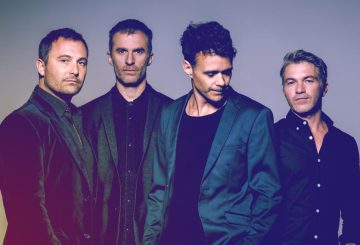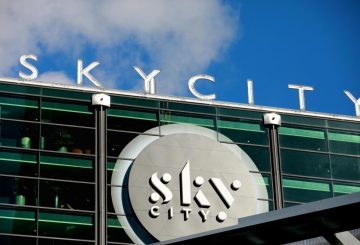Nagbabala ang isang nangungunang dalubhasa sa sakit na ang desisyon ng New Zealand na tratuhin ang Covid-19 bilang isang “normal” na sakit ay maaaring mapanganib dahil sa patuloy na pagkalat ng virus. Simula Lunes, ang mga taong higit sa 14 ay kailangang magbayad para sa mga pagbisita sa doktor na nauugnay sa COVID. Ang pagbabagong ito ay bahagi ng isang plano upang pondohan ang mga serbisyo sa Covid-19 sa parehong paraan tulad ng iba pang mga sakit simula Hulyo 1.
Sinabi ng direktor ng awtoridad sa kalusugan, si Dr. Martin Hefford, na ang ilang mga serbisyo ay magagamit pa rin nang libre upang makatulong na maiwasan at pamahalaan ang Covid-19, lalo na para sa mga pinaka-nasa panganib. Kabilang dito ang mga libreng bakuna at antiviral na gamot para sa mga kwalipikado. Pinalawak din ng Ministro ng Kalusugan na si Shane Reti ang deadline para sa mga libreng mabilis na pagsubok sa antigen hanggang Setyembre 30. Ang mga batang 13 at wala pang edad ay maaari pa ring makita ang kanilang doktor nang libre sa oras ng negosyo, kabilang ang para sa Covid-19.
Gayunpaman, sinabi ni Dr. Michael Baker, isang propesor sa Otago University, na ang paggamot sa Covid-19 tulad ng iba pang mga sakit ay maaaring maging isang pagkakamali. Itinuro niya na mabilis pa ring kumakalat ang virus sa New Zealand, na nagdudulot ng mga alon ng impeksyon. Sa tuktok ng pinakabagong alon, higit sa 55 katao sa isang araw ang naospital. Kahit na ngayon, limang tao sa isang araw ang namamatay mula sa virus, at daan-daang ang nagkakaroon ng pangmatagalang sintomas.
Sinabi ni Dr. Baker na mabuti na magagamit pa rin ang mga libreng bakuna, antiviral, at pagsubok, ngunit higit pang pagsisikap ang kinakailangan upang pamahalaan ang virus. Nanawagan niya ang isang malakas, pinagsamang diskarte sa lahat ng mga impeksyon sa paghinga, na binibigyang diin ang kahalagahan ng pag-iwas, pag-access sa pangangalaga, at paghihiwalay sa sarili Nagpahayag din siya ng pag-asa na ang suporta ng gobyerno para sa mga serbisyo sa Covid-19 ay magpapatuloy Nagtapos siya sa pamamagitan ng pagsasabi na ang pamamahala ng virus ay isang pakikipagsosyo sa pagitan ng gobyerno, mga nagbibigay ng kalusugan, at ng publiko, at kailangan ng lahat na magtulungan.




























































